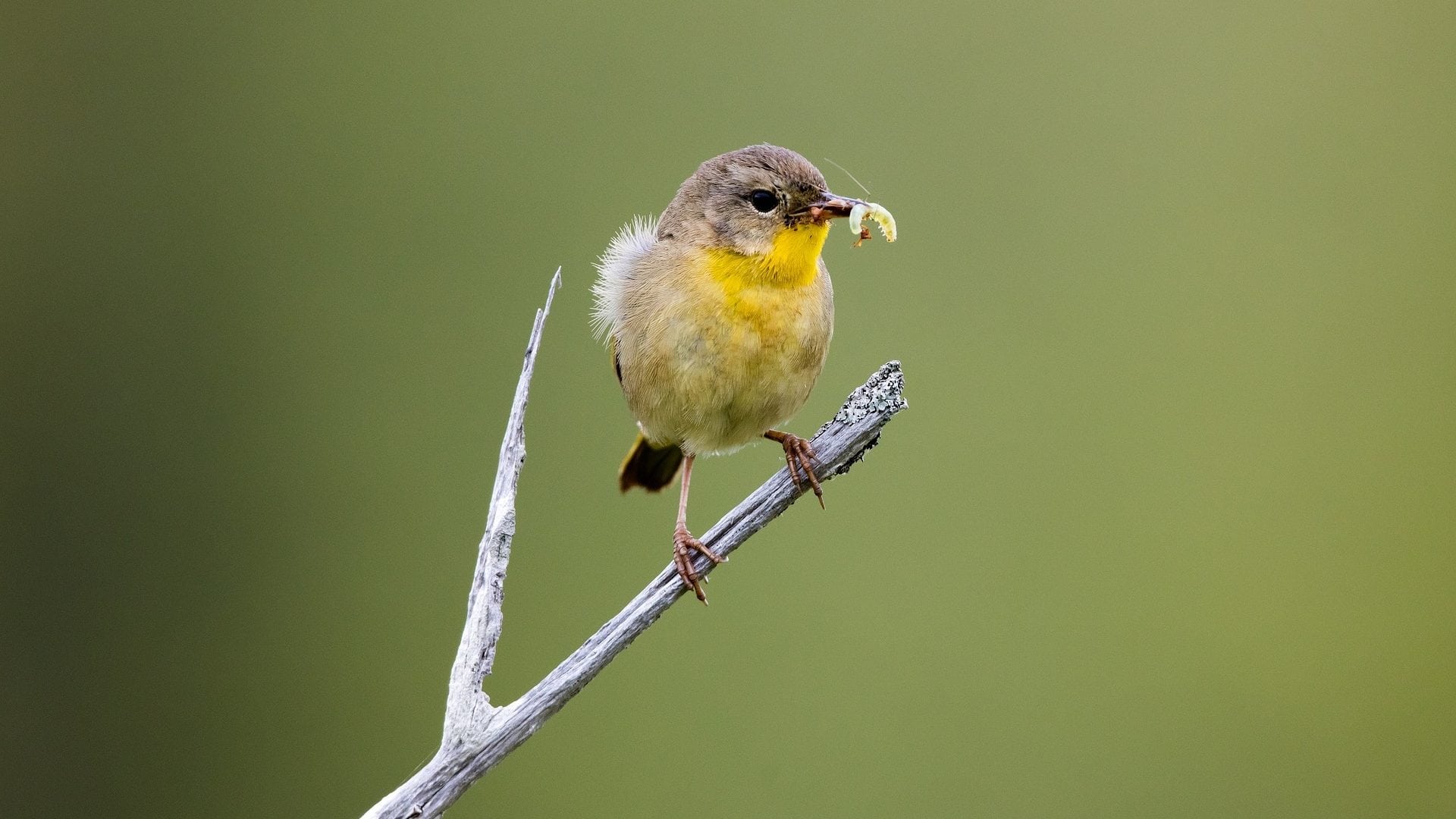Birds are vanishing from North America. Here’s what we can do to help.

A study published this September in Science shared alarming news: about 3 billion birds, or nearly one-third of bird populations in the United States and Canada, have disappeared in the last 50 years. Why? It turns out there are quite a few reasons and most have to do with human behavior.
If the bad news is that it’s our fault, the good news is that we can do something about it.
The Findings
The study focused on hundreds of bird species of varying abundance (529 to be exact) that live at least some part of their life in the United States or Canada. By taking a broad look at bird communities rather than focusing on a handful of threatened or endangered species, the researchers were able to gain a better understanding of overall avifauna health across time and space.
The discoveries were startling: Over the last 50 years, we have experienced a net loss of about three billion birds. Grassland species like sparrows and warblers are suffering the largest population decline (74% of species), with migratory and coastal species not far behind. Losses of this magnitude can have far-reaching consequences for the ecosystems the species inhabit, and are likely indicative of broader ecological issues. One might say it’s the proverbial canary in a coal mine.
The Cause
The research suggests that the cumulative effect of multiple anthropogenic stressors triggered the rapid decline. Our agricultural practices have evolved to include heavy pesticide use to foster higher yields, releasing toxins that kill the insects the birds eat while poisoning the air, water, and soil they live in. The very existence (and continued expansion) of farmland necessitates the conversion of land, which destroys forests and prairies and the wildlife that live there. Commercial and residential sprawl also promotes habitat loss, particularly for shoreline species losing their nesting sites to shoreline developments and climate change. Across the board, humans have bulldozed and poisoned bird habitat like a toxic bull in a china shop.
The Good News
Despite the doom and gloom nature of species decline, the nuances of this study’s discoveries illustrate a cautiously optimistic road to recovery. While there was a significant net loss of individual birds, some ecosystems actually experienced an increase in bird populations, offering insights into what causes one species to flourish while others hurdle toward oblivion. For instance, wetland birds and waterfowl had substantial population growth over the 50-year time period, somehow evading the dramatic deterioration seen in other biomes. The critical difference is that these populations have been actively managed over the years thanks to the emotional and tangible support of concerned citizens like hunters, who have long fought for protections in order to support sustainable harvests.
Ducks, geese, and other waterfowl have benefited greatly from their conservation efforts, including legislative victories like the North American Wetlands Conservation Act which helps manage wetland habitats for migratory birds and other wildlife. Bald eagles have recovered in a similar fashion via protective legislation (which Teatown celebrates each year at EagleFest!). With adequate support, these results may be replicable for multiple species and the habitats they rely on.
Conversely, not all of the species declines are unintentional or undesirable. The study included a number of invasive bird species which have experienced a decrease due to concerted management efforts. European starlings and house sparrows, both invasive, account for nearly 15% of the total loss recorded by the researchers. Furthermore, some critics of the study claim that it did not adequately consider the conditions affecting population dynamics prior to the data collection period. It’s possible, they say, that some of the decline is a return to ‘normal’ after grassland populations inflated from the rapid conversion of forest to farmland across the United States.
What You Can Do
Do you want to help the birds in your neighborhood? There’s plenty you can do. Consider incorporating the following into your normal routine:
- Keep cats indoors – Domestic cats are responsible for killing between 1 and 4 billion birds each year in the United States alone.
- Clean your bird feeders – As communal spaces, bird feeders collect bacteria and can spread disease if not cleaned regularly.
- Use less poison – Be mindful of the chemicals you use in and around your home. Apply less harmful alternatives to toxic herbicides and pesticides.
- Plant native species – Native birds have evolved to use native plants for food, shelter, and raising young. Invasive plant species and cultivated variations of native plants can be less nutritious and functionally useless.
- Leave snags standing – Snags, or standing dead trees, provide vital protection to many bird species and their young. If safe, leave dead trees upright.
- Purchase sustainably sourced wood and paper products – Combat deforestation by buying materials from responsibly managed sources.
- Purchase shade grown coffee – Shade grown coffee offers increased canopy cover, aka bird habitat. Find out more here.
- Make your windows bird-safe – apply ultraviolet decals or coatings to larger windows in your home and office to deter birds who may otherwise view the reflective surface as open sky.
And finally, don’t forget to join Teatown for our annual Christmas Bird Count! This nationwide citizen science effort helped inform researchers for this very study.

About the Author
Nadya Hall
Nadya has her master’s in environmental policy with a focus on human-wildlife coexistence. She is passionate about the conservation of wildlife and wild places through science, advocacy, and environmental education.


